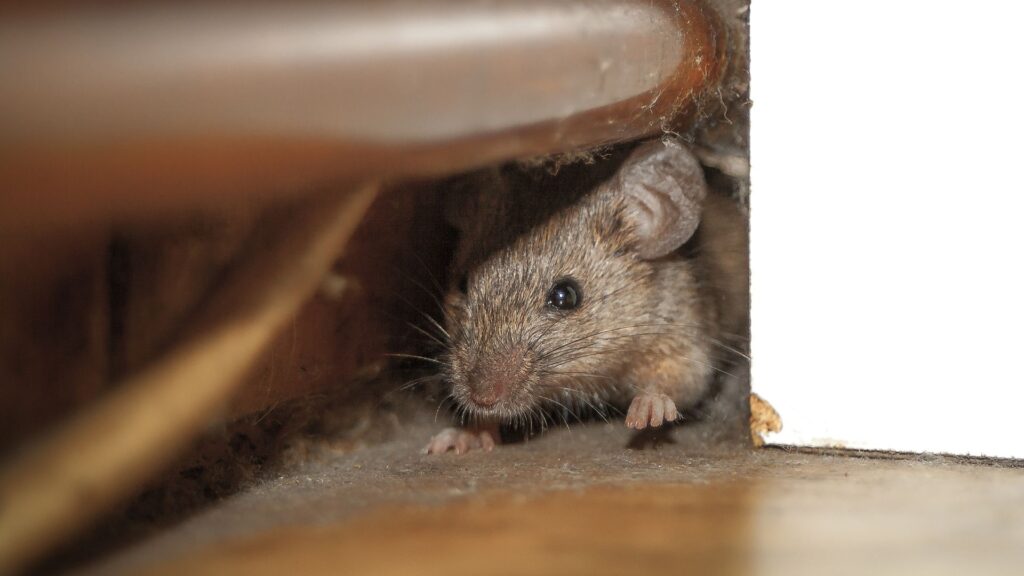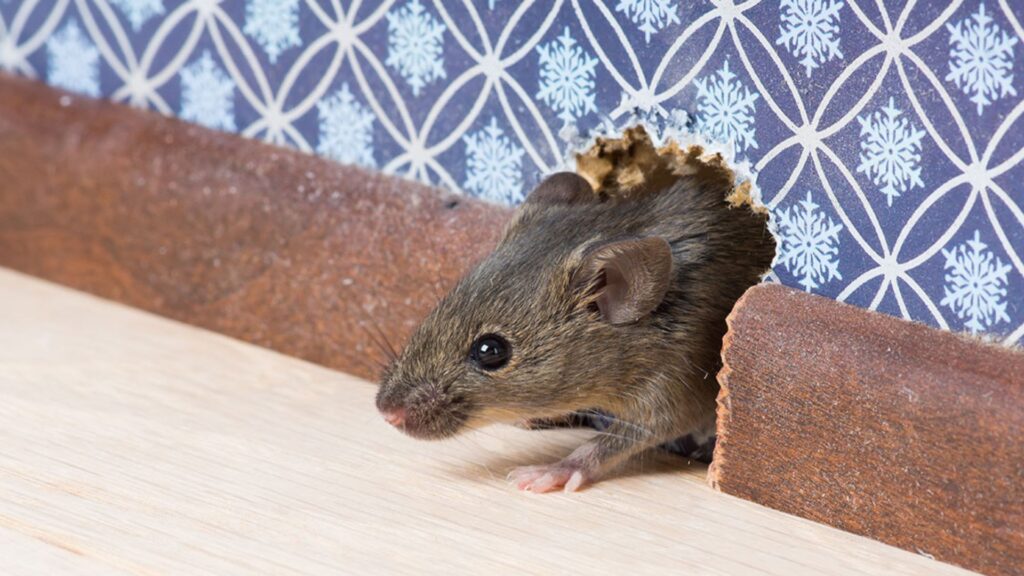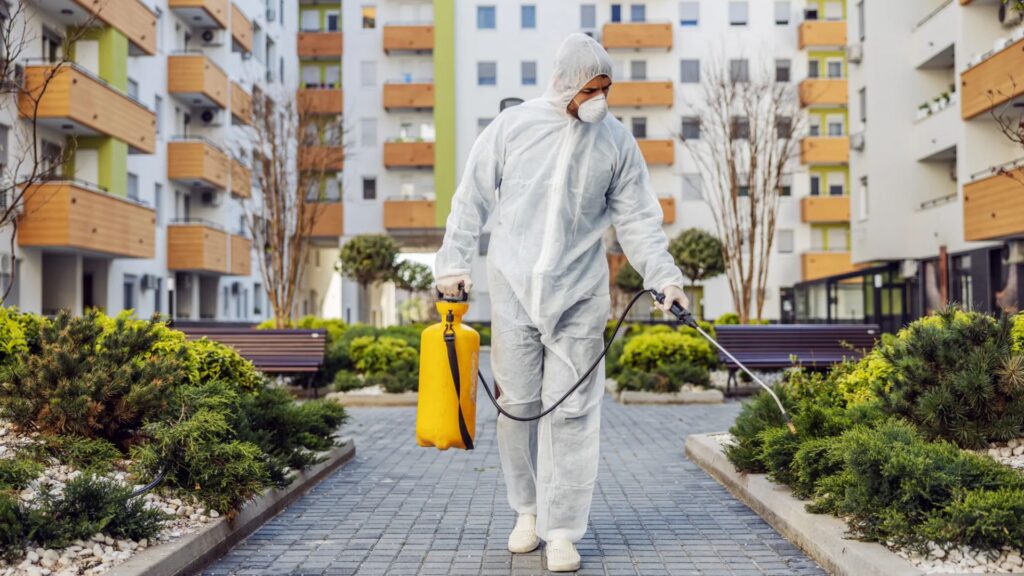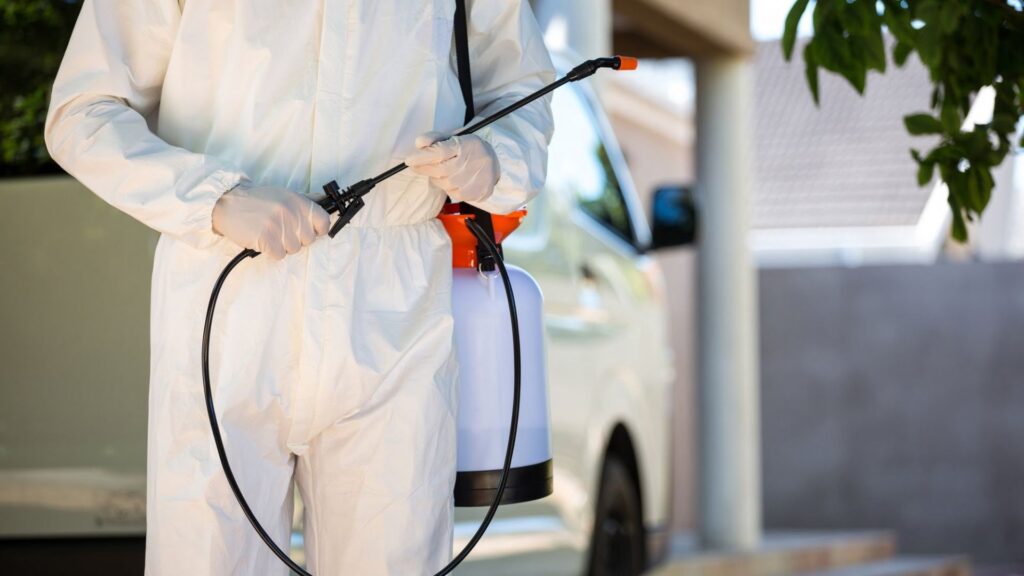Rodent infestations are a common problem for both residential and commercial properties. These pests can cause significant damage, contaminate food, and pose serious health risks. Effective rodent control is essential, but many people make mistakes that can exacerbate the problem. Here are some common mistakes to avoid when dealing with rodents and why it’s crucial to rely on a professional Rodent Control Company Ras Al Khaimah.

Ignoring the Problem
One of the most common mistakes is ignoring early signs of a rodent infestation. Droppings, gnaw marks, and strange noises are indicators that rodents are present. Ignoring these signs allows the problem to worsen, making it more difficult and costly to address later.
Using DIY Solutions
Many people attempt to handle rodent problems on their own using traps and over-the-counter poisons. While these methods may provide temporary relief, they often fail to address the root cause of the infestation. DIY solutions can also be hazardous to pets and children if not used correctly.
Not Sealing Entry Points
Rodents can enter through small cracks and openings. Failing to seal these entry points is a critical mistake. Even if you control the rodents inside your property, new ones can easily enter if these gaps are not sealed. Conduct a thorough inspection of your property to identify and seal potential entry points.
Neglecting Sanitation
Poor sanitation provides an ample food supply for rodents. Leaving food out, not securing garbage, and failing to clean up spills can attract rodents. Maintaining a clean environment is crucial for preventing and controlling rodent infestations. Ensure that food is stored in sealed containers and that waste is properly disposed of.
Underestimating the Reproductive Rate of Rodents
Rodents reproduce quickly. A small infestation can escalate into a large one within a short period. Underestimating their reproductive rate can lead to inadequate control measures. It’s essential to act swiftly and thoroughly to prevent the population from growing.
Ignoring Professional Help
One of the biggest mistakes is not seeking professional help. A professional rodent control company in Sharjah has the expertise, tools, and experience to handle infestations effectively. Professionals can provide a comprehensive solution that includes identification, elimination, and prevention.
Improper Use of Rodenticides
Improper use of rodenticides can be ineffective and dangerous. Without proper knowledge, you may apply the wrong type or amount, which can harm non-target animals and pose risks to humans. Professionals are trained to use rodenticides safely and effectively, ensuring minimal risk to your household.
Not Considering Long-Term Solutions
Short-term fixes may provide immediate relief, but they don’t address the underlying issues that cause infestations. Long-term solutions, such as ongoing maintenance and preventive measures, are necessary for sustained rodent control. Professionals can develop a long-term plan to keep your property rodent-free.

Conclusion
Effective rodent control requires avoiding common mistakes and implementing comprehensive solutions. Ignoring the problem, relying on DIY methods, and neglecting professional help can lead to persistent infestations and increased risks. For reliable and effective rodent control, it’s essential to work with a reputable rodent control company in Dubai.
Green Pest Control Services offers expert rodent control solutions tailored to your needs. Our team of professionals is equipped with the knowledge and tools to control rodents and prevent future infestations. Contact us today to safeguard your property and ensure a rodent-free environment.


